El Salvador Flag Meaning
Three horizontal stripes of blue, white, and blue with the national coat of arms centered on the white stripe, representing the Pacific and Atlantic oceans, peace, and the hope for Central American unity.
- Continent
- North America
- Adopted
- 1912
- Ratio
- 189:335
- Colors
- blue, white
- Designer
- Unknown
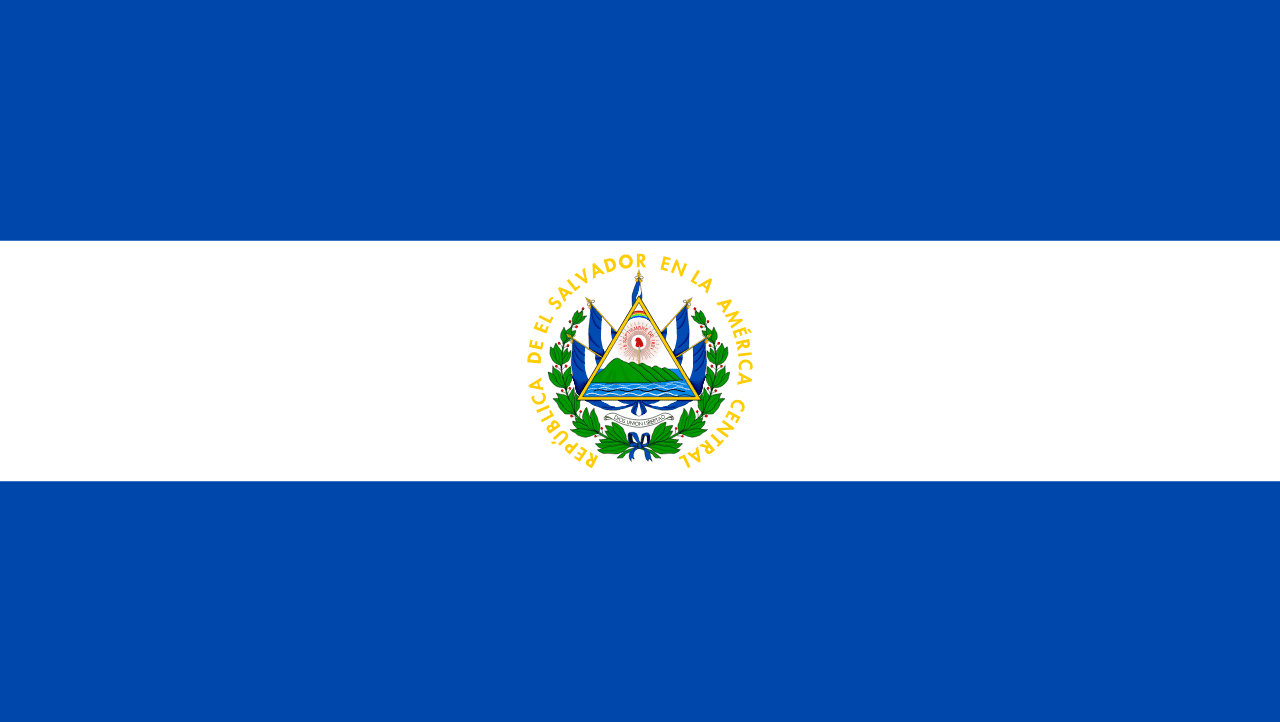
Symbolism
Blue Stripes: Represent the Pacific Ocean and Atlantic Ocean that border Central America, symbolizing El Salvador's geographic position in the Central American isthmus and its connection to both major bodies of water through regional integration.
White Stripe: Represents peace, harmony, and solidarity among Central American nations, symbolizing El Salvador's commitment to regional cooperation and the desire for unity among the countries that once formed the Federal Republic of Central America.
National Coat of Arms: Features a triangle with five volcanoes representing the five original Central American republics, rainbow representing peace, Phrygian cap symbolizing liberty, and the date September 15, 1821, commemorating independence from Spain.
History
- Pre-1524: The region was inhabited by various indigenous peoples, particularly the Pipil (descendants of the Aztecs) who established settlements and gave the area its name 'Cuzcatlán' (land of precious things).
- 1524-1821: Spanish conquistador Pedro de Alvarado conquered the region, establishing colonial rule under the Captaincy General of Guatemala, with Spanish flags representing three centuries of colonial administration.
- September 15, 1821: El Salvador gained independence from Spain as part of the broader Central American independence movement, initially adopting various independence flags before formal national symbols were established.
- 1822-1823: El Salvador briefly joined the Mexican Empire under Agustín de Iturbide, flying Mexican imperial symbols before the empire's collapse led to Central American separation from Mexico.
- 1823-1840: El Salvador joined the Federal Republic of Central America, using federal flags while maintaining hopes for lasting Central American political unity and cooperation among neighboring republics.
- 1840-1912: After the federation dissolved, independent El Salvador used various flag designs as it established its national identity separate from its Central American neighbors while maintaining cultural and historical ties.
- May 17, 1912: El Salvador adopted the current flag design with blue-white-blue stripes and national coat of arms, establishing the symbols that represent the modern Republic of El Salvador.
- 1980-1992: The Salvadoran Civil War saw the flag representing a nation torn by conflict between government forces and leftist guerrillas, with over 75,000 casualties and massive displacement.
- 1992-Present: Peace accords ended the civil war, with the flag representing El Salvador's transition to democracy, efforts at national reconciliation, and ongoing challenges with crime, migration, and economic development.
Trivia
- El Salvador's flag design is nearly identical to those of Honduras and Nicaragua, reflecting their shared history in the Federal Republic of Central America.
- El Salvador is the smallest country in Central America but also the most densely populated, with over 6.4 million people in an area roughly the size of Massachusetts.
- The flag represents the only Central American country without a Caribbean coastline, facing only the Pacific Ocean along its southern border.
- El Salvador is known as the 'Land of Volcanoes' with over 20 volcanoes, many of which are active and shape the country's dramatic mountainous landscape.
- The flag flies over a country that has experienced significant emigration, with over 2 million Salvadorans living in the United States, creating substantial remittance flows.
- Pupusas, thick corn tortillas stuffed with cheese, beans, or meat, are El Salvador's national dish and have been declared a national cultural heritage.
- El Salvador became the first country to adopt Bitcoin as legal tender in 2021, representing a bold experiment in cryptocurrency adoption by a national government.
- The flag represents a country that was severely affected by natural disasters, including the 2001 earthquakes that killed over 1,000 people and caused widespread damage.
- Coffee has been central to El Salvador's economy for over a century, with Salvadoran coffee being prized for its quality and grown in volcanic soil.
- El Salvador has struggled with gang violence, particularly from MS-13 and Barrio 18, leading to some of the world's highest murder rates until recent government crackdowns.
- The flag flies over archaeological sites like Joya de Cerén, the 'Pompeii of the Americas,' preserved by volcanic ash and providing insights into pre-Columbian life.
- El Salvador's civil war created a large refugee population, with many Salvadorans settling in Los Angeles, making it home to the largest Salvadoran community outside El Salvador.
- The country has made significant progress in renewable energy, with geothermal, hydroelectric, and solar power providing a large percentage of electricity generation.
- El Salvador's beaches along the Pacific coast have become popular surfing destinations, with consistent waves attracting international surfers and promoting tourism.
- The flag represents a country where Spanish is the official language, but Nawat (Pipil) and other indigenous languages are spoken by small communities maintaining ancestral traditions.
Related Countries
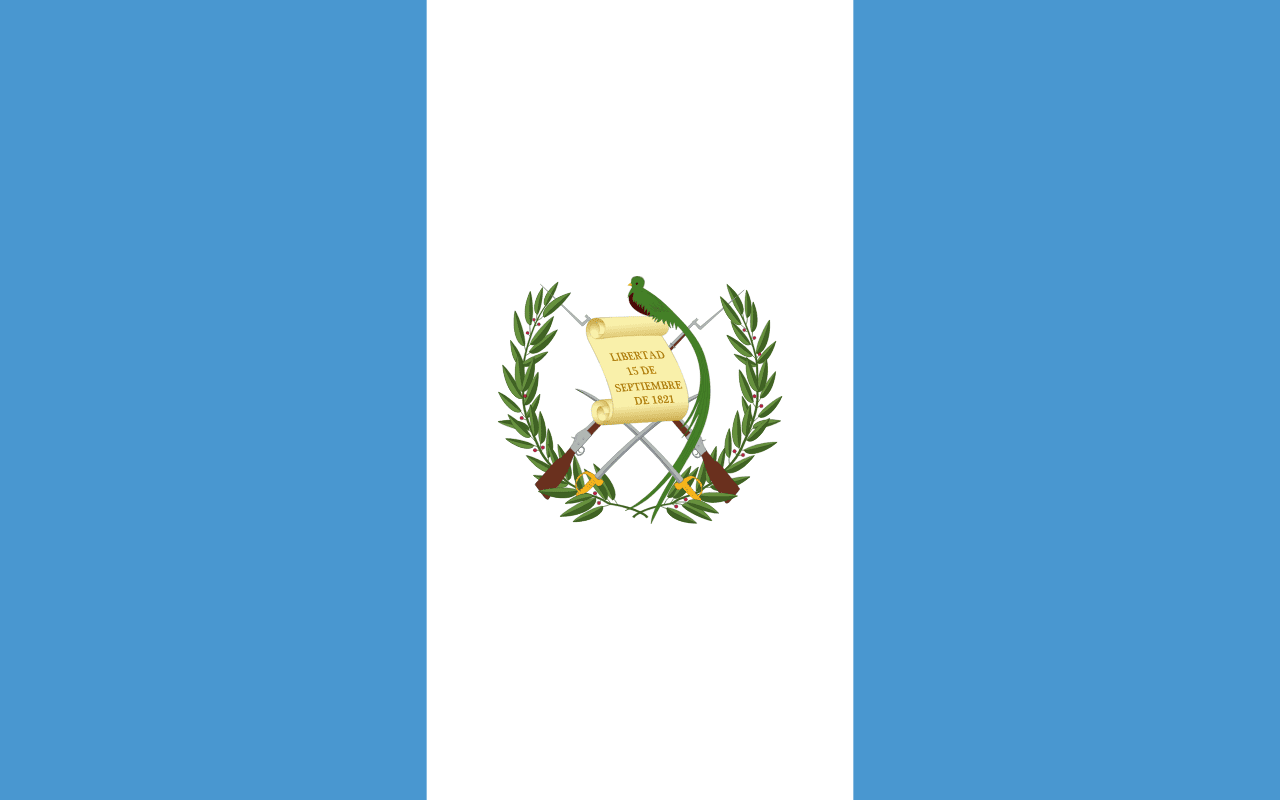
Guatemala
North America
Three vertical stripes of blue, white, and blue with the national coat of arms centered on the white stripe, representing the Pacific and Atlantic oceans, peace, and the sovereignty of the Republic of Guatemala.
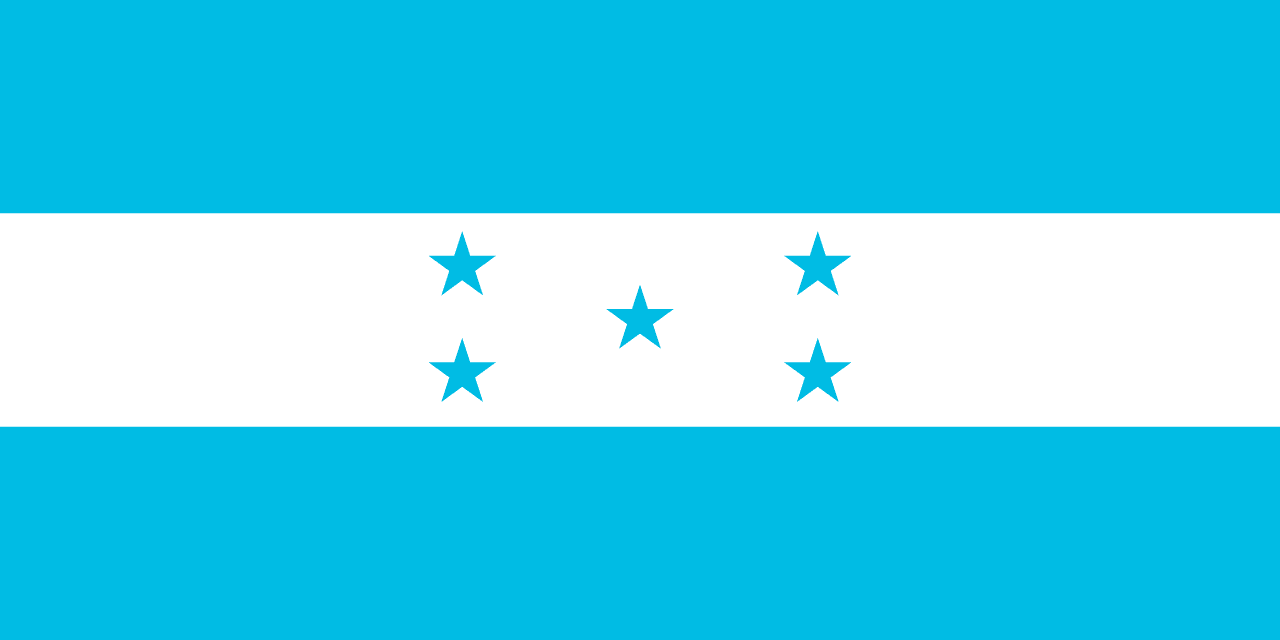
Honduras
North America
Three horizontal stripes of blue, white, and blue with five blue five-pointed stars arranged in an X pattern on the white stripe, representing the Pacific and Atlantic oceans, peace, and the hope for Central American unity.
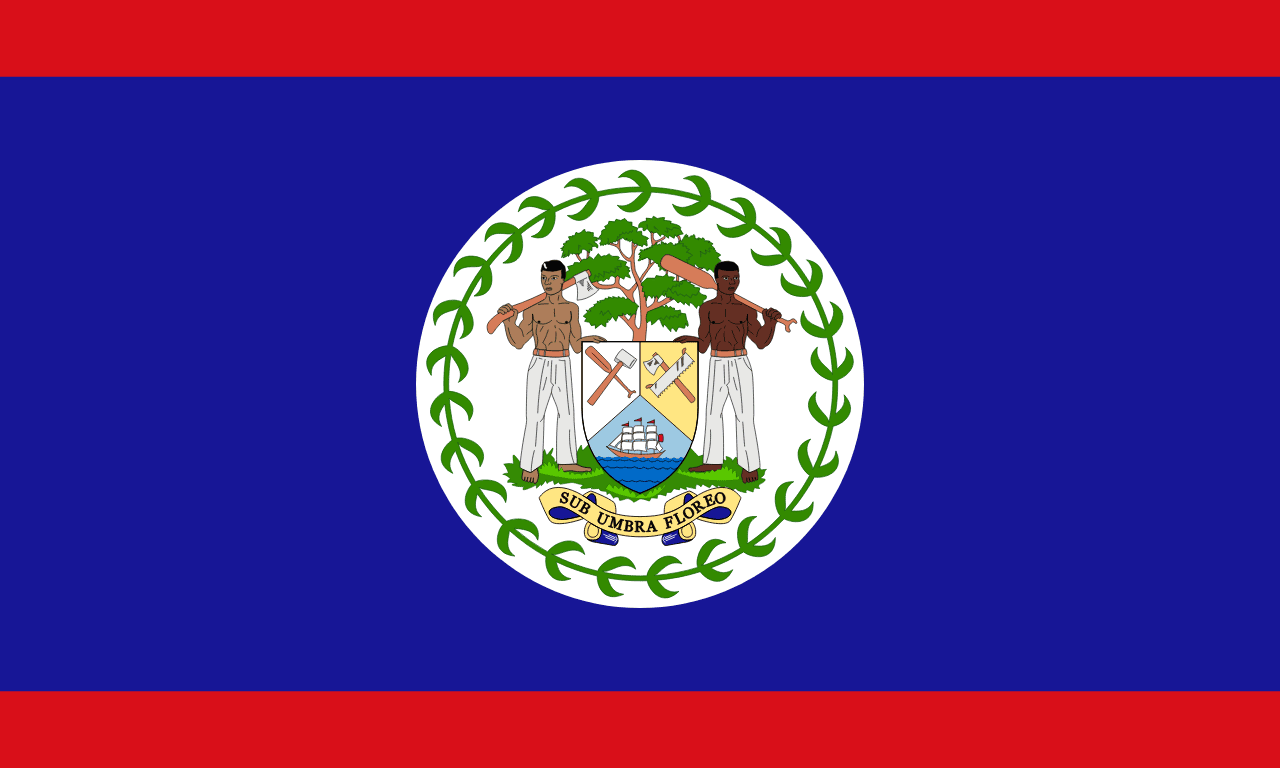
Belize
North America
A blue field with red stripes along the top and bottom edges and the national coat of arms in a white circle at the center, representing the ruling People's United Party, the opposition United Democratic Party, and the peace that unites them, making it the only national flag to feature human figures.
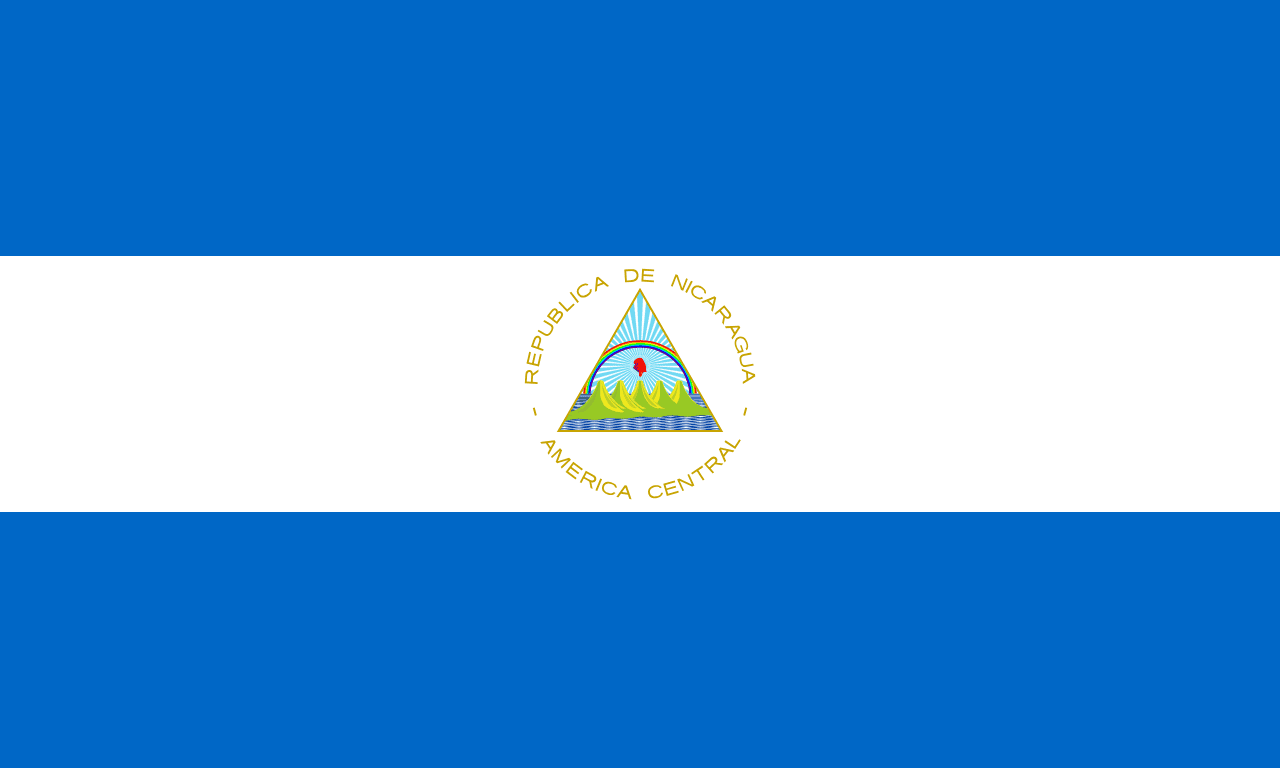
Nicaragua
North America
Three horizontal stripes of blue, white, and blue with the national coat of arms centered on the white stripe, representing Nicaragua's position between two oceans and its revolutionary ideals of liberty and peace.
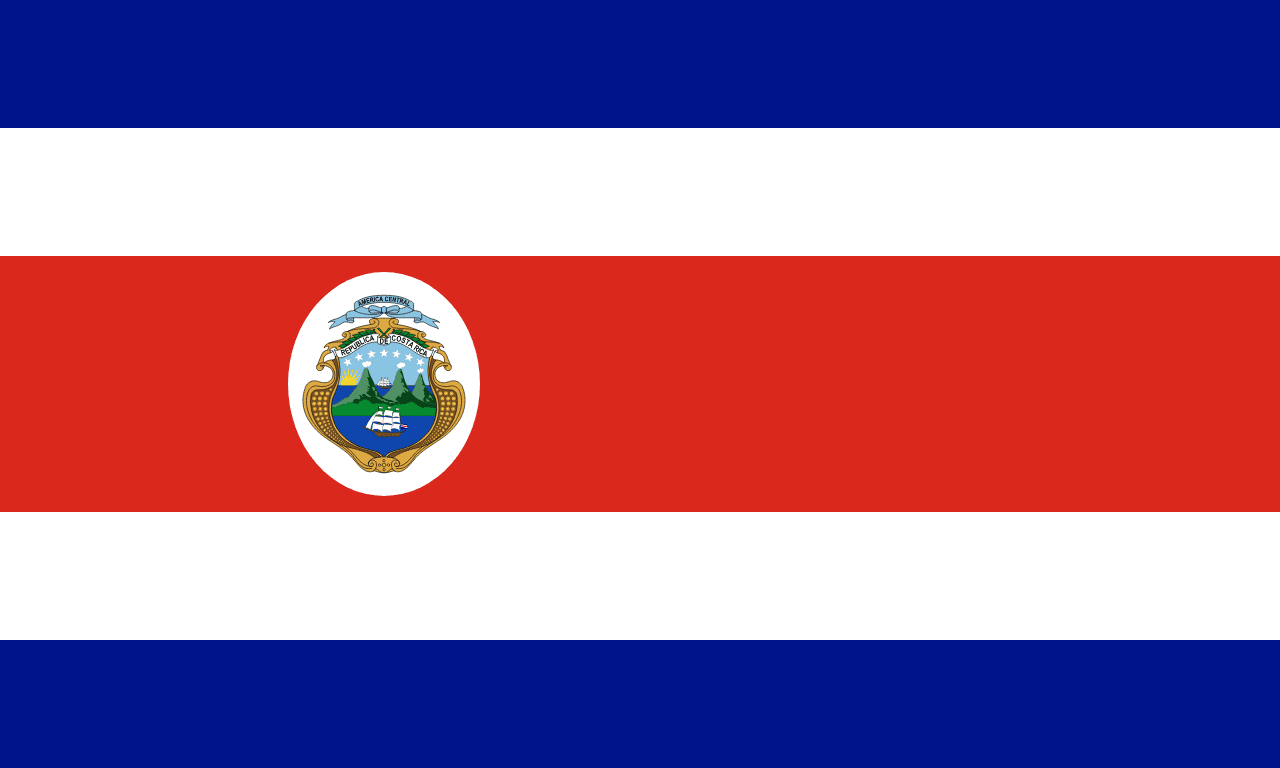
Costa Rica
North America
Five horizontal stripes with blue at top and bottom, white stripes below and above the central red stripe, and the national coat of arms on the red stripe, representing the sky and opportunities, peace, and the warmth of the Costa Rican people.
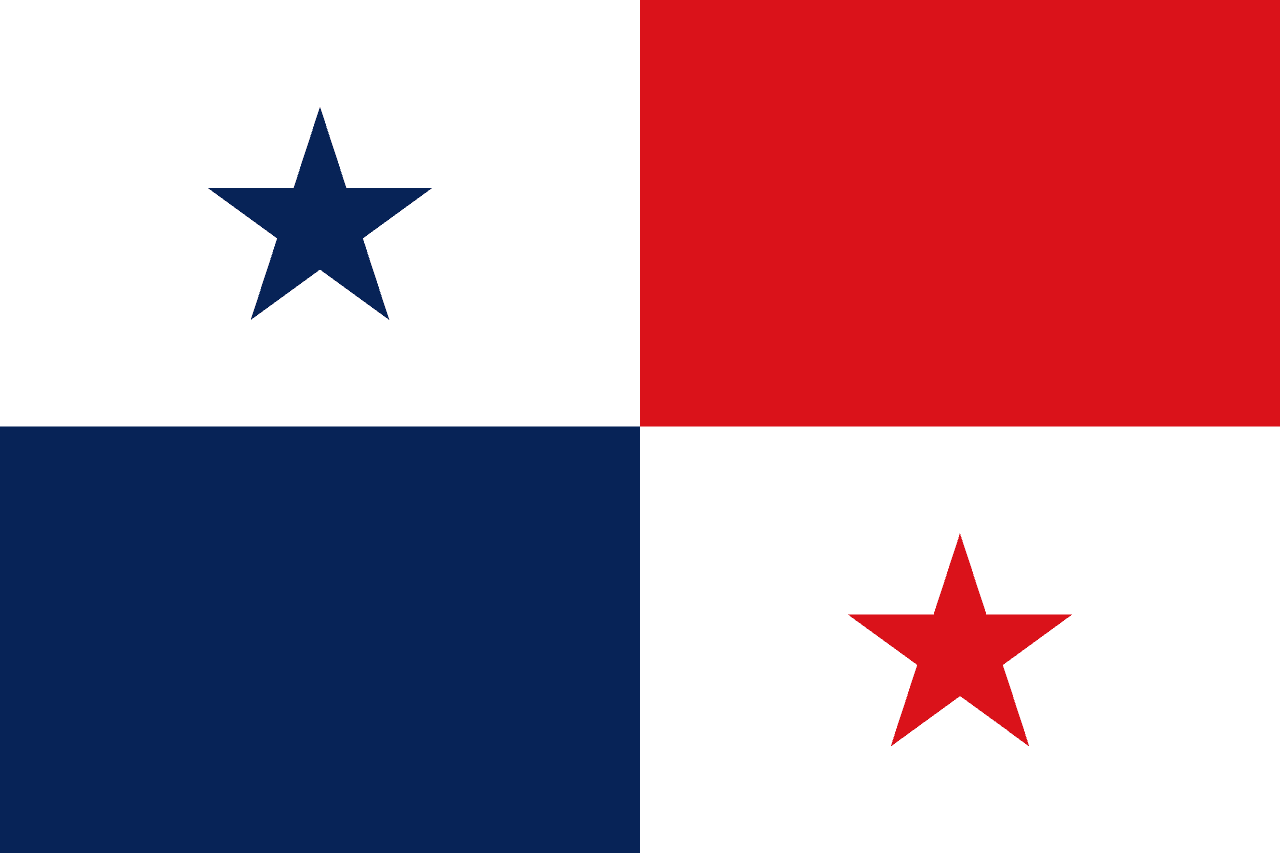
Panama
North America
Quartered flag with white and blue star in top left, red in top right, blue in bottom left, and white with red star in bottom right. The design symbolizes political balance and the ideals of peace and progress.